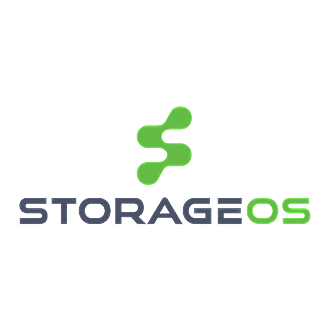Blog posts tagged
"Storage"
Canonical
6 December 2018
Canonical and Dell EMC provide certified, production-ready Kubernetes solution
Canonical announcements Article
Canonical
1 November 2018
Canonical’s Distribution of Kubernetes supported on Arm architecture
Canonical announcements Article
Christian Brauner
30 August 2017
Stéphane Graber
25 April 2016
Canonical
7 April 2016





